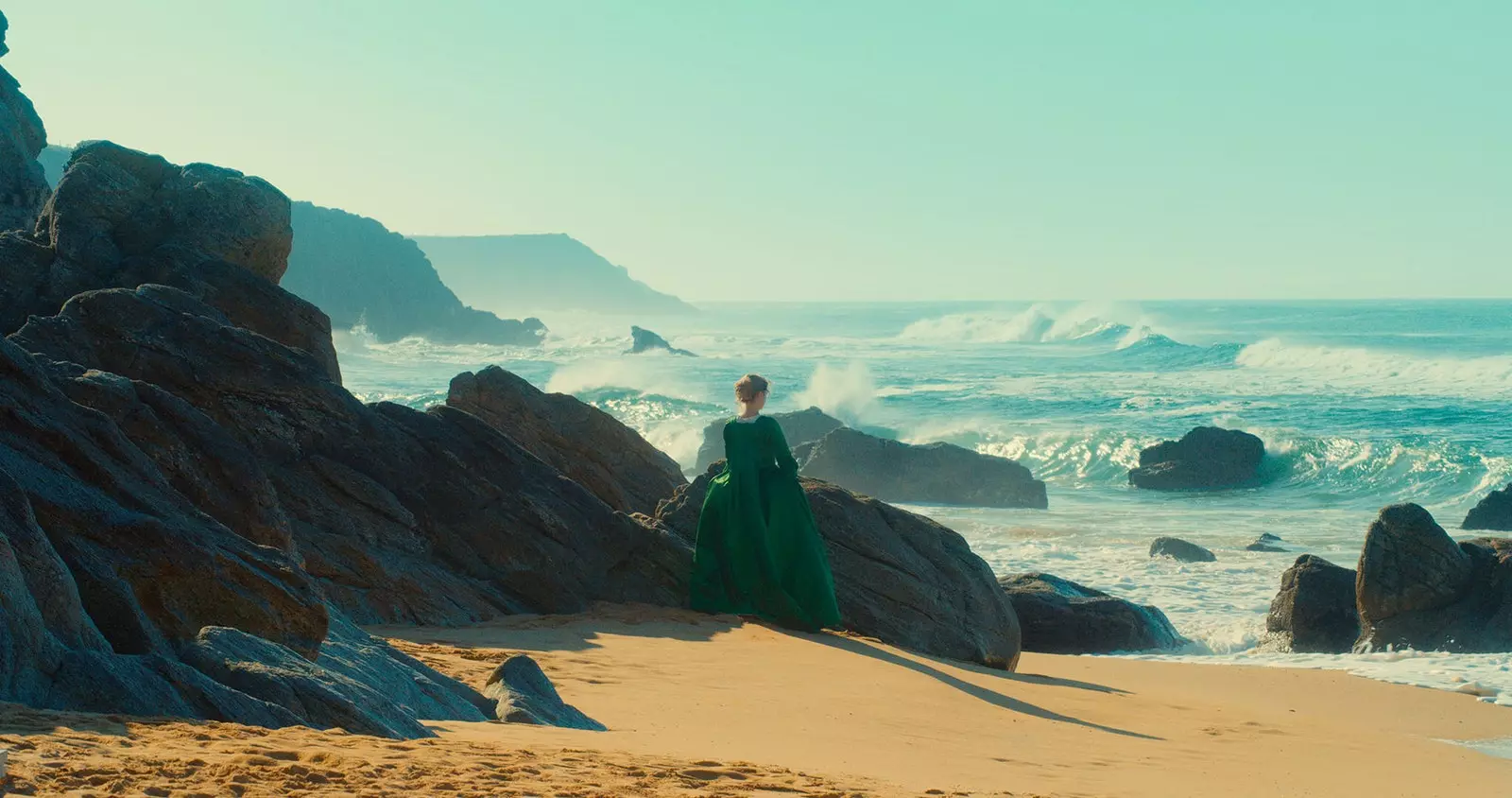
The French Wild Coast.
"On an isolated island of Brittany, at the end of the 18th century, a painter is forced to paint a wedding portrait for a young lady." That's the synopsis of Portrait of a Woman on Fire, by Céline Sciamma (opening October 18). The isolated island of Brittany is as much a protagonist as its two protagonists: the young portraitist and the young woman being portrayed.
Marianne arrives at the beaches of this island dragging her painting materials. There, isolated, she finds the castle where Héloïse lives, with her mother and her servant. Marianne has been hired by the Countess, her mother, to secretly portray her daughter. They need her painting to send to her fiancé in Milan, whom she is forced to marry after the sudden death of her sister. Héloïse resists the marriage by refusing to be painted. Marianne begins to secretly observe her, to take the measurements of her face and her body without her words, without pencils, in the air. Later, she paints those memories at night. When Héloïse discovers the deception and the portrait of her, she does not feel herself on the canvas, but now accepts Marianne's gaze, a complicit and collaborative look. A passionate and romantic look.
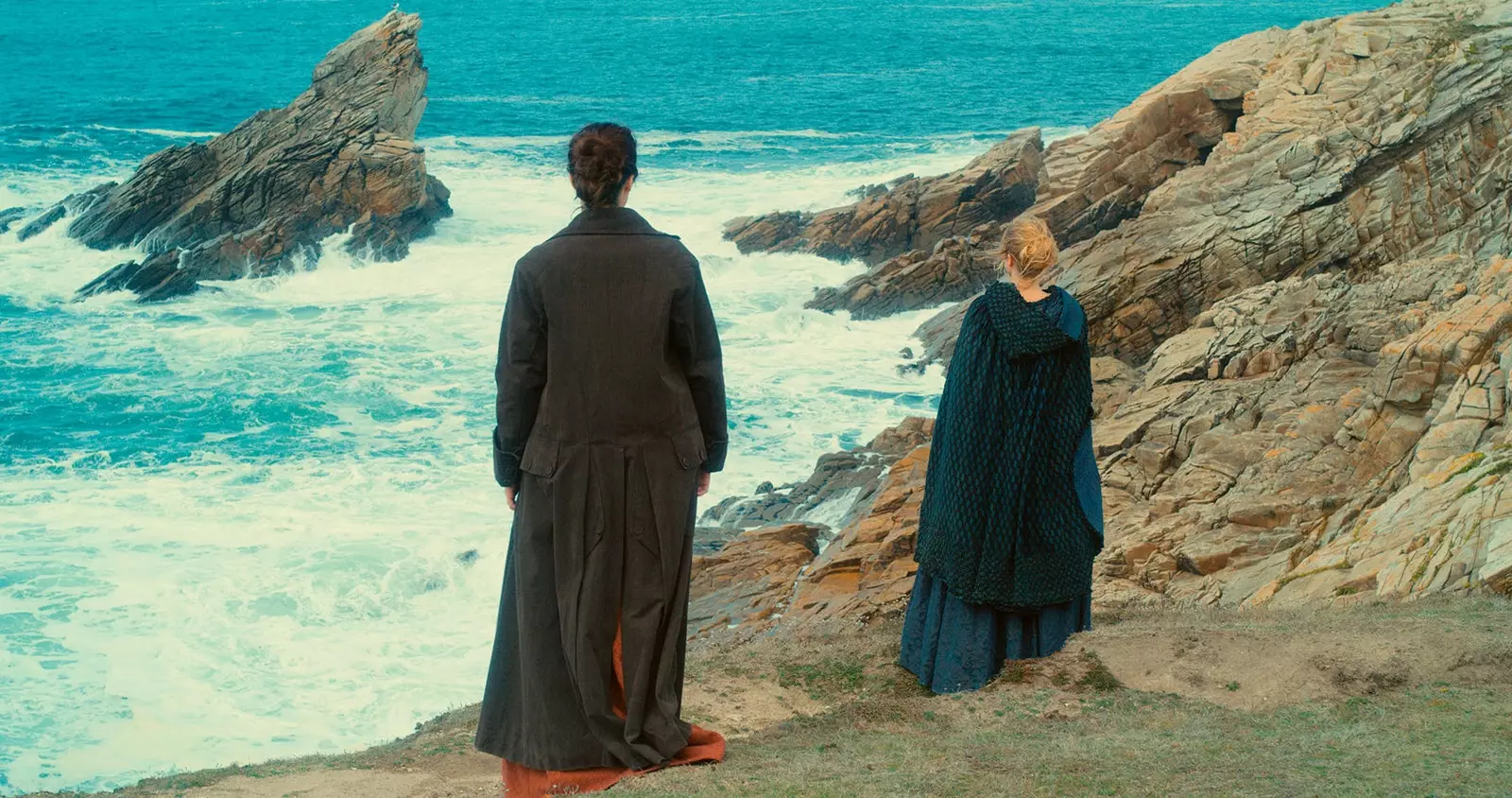
Héloïse and Marianne: another look.
“Portrait of a Woman on Fire is the portrait of a relationship”, Says Sciamma, a cult French director after her “trilogy of self-discovery”: Water Lillies, Tomboy Y girlhood. In this, her fourth film, is dedicated to discovering the other, the sexual identity of the other person, adult love, "an egalitarian, horizontal love", where no one is above. There is no muse or artist.
With a brushstroke she destroys the stereotypes of patriarchal art and also reminds art historians that in the eighteenth century there were many women artists. She looks at her actresses differently and they look at her differently. It's also a bit of an autobiographical story, since Héloïse is played by her partner, the actress Adele Haenel.
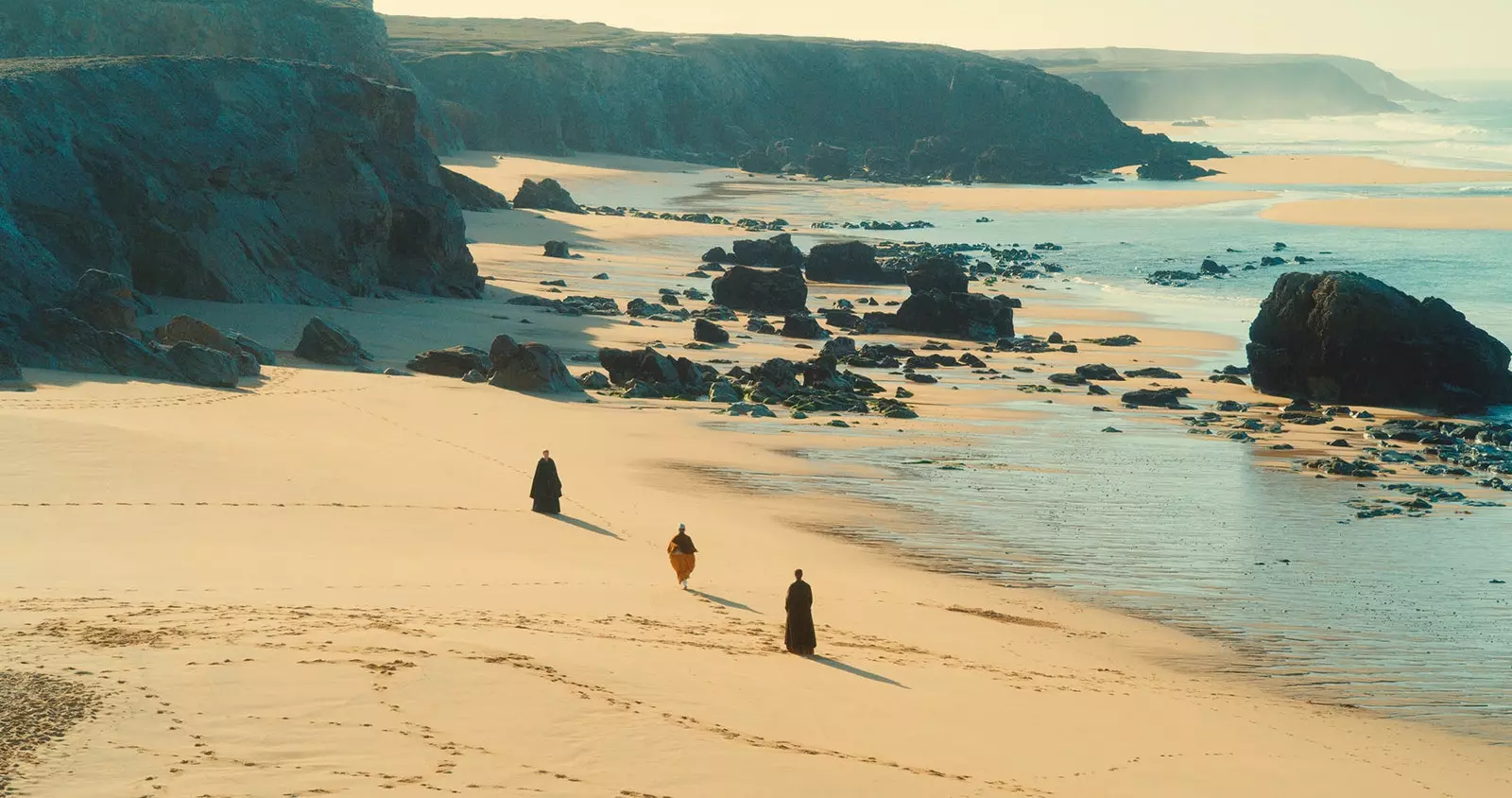
Protected cliffs in French Brittany.
Such a premise, such a story needed a visually stunning space. A special natural light. Until now, although she had shot French banlieue stories, she had almost always worked in studios, to Portrait of a Woman on Fire wanted nature, the romance between these two women asked for it, she demanded it. And he was clear: the isolated island of Brittany had to be located in Brittany.
Specifically, he found the perfect corner of her in Saint-Pierre-Quiberon, on the so-called Wild Coast of French Brittany. "An area open to the public, but reserved and protected, where you can't build," explains Sciamma, who won the award for best screenplay and the Queer Palme d'Or at the last Cannes Festival. "It's a beautiful coastline." Very popular in the summer, a perfect destination in the fall.
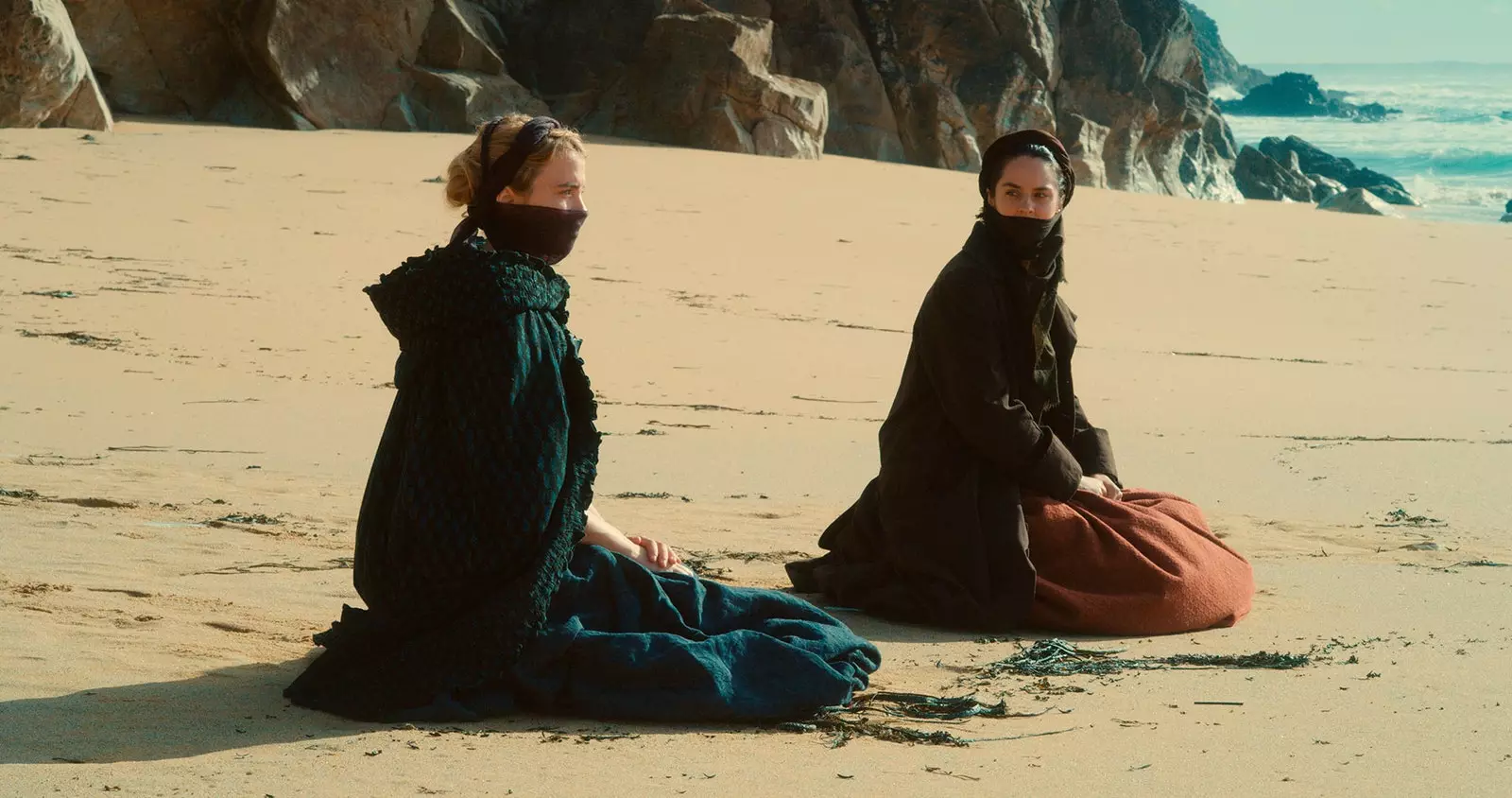
Port Bara in Saint-Pierre-Quiberon.
Steep cliffs, arbitrary rock constructions, a raging sea, yellow sand and autumn light. Héloïse and Marianne walk through these places. A nostalgic landscape, lived. A place to experience and always remember, like the romance that they live and Sciamma counts on those two layers, that of the present and that of memory.
"We spend a lot of time thinking about light and trying to achieve it," explains Sciamma. “With my director of photography, Claire Mathon, we gave it a lot of thought, we didn't want to pull references from paintings of the time, although we knew that people would say that all shots are like paintings. Of course, cinema and painting are closely related and both work with the frame. But we wanted it to just be pretty.”
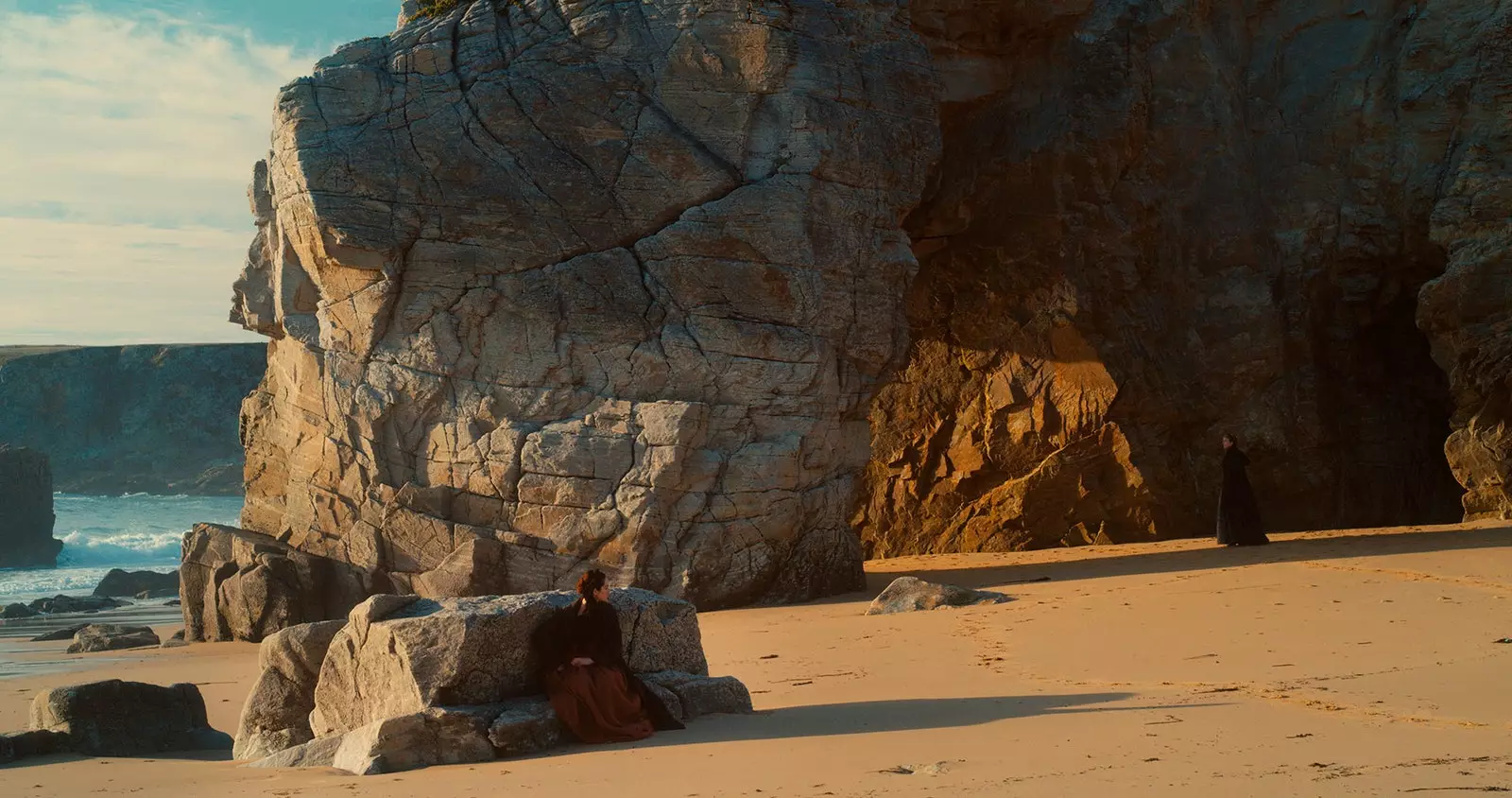
In autumn, this coast is so lonely.
The castle is also a real location, although in this case it was found in a town on the outskirts of Paris. "It's the town hall, a real castle, in which we didn't have to touch anything, not even the colors of the walls, that blue, it was the one we would have wanted and we left it that way," continues the director. “The paradox of composing from reality”.
Like the paradox that Portrait of a Woman on Fire speaks of the present, looking at the past. Sciamma has had to go tell a story in the 18th century to nail a snapshot of the post-Me Too world. "The film is a product of all this that we have lived through and I am happy that it can be contemporary with this feminist movement so that a new art can emerge," she says. From the Wild Coast of Brittany to the world.
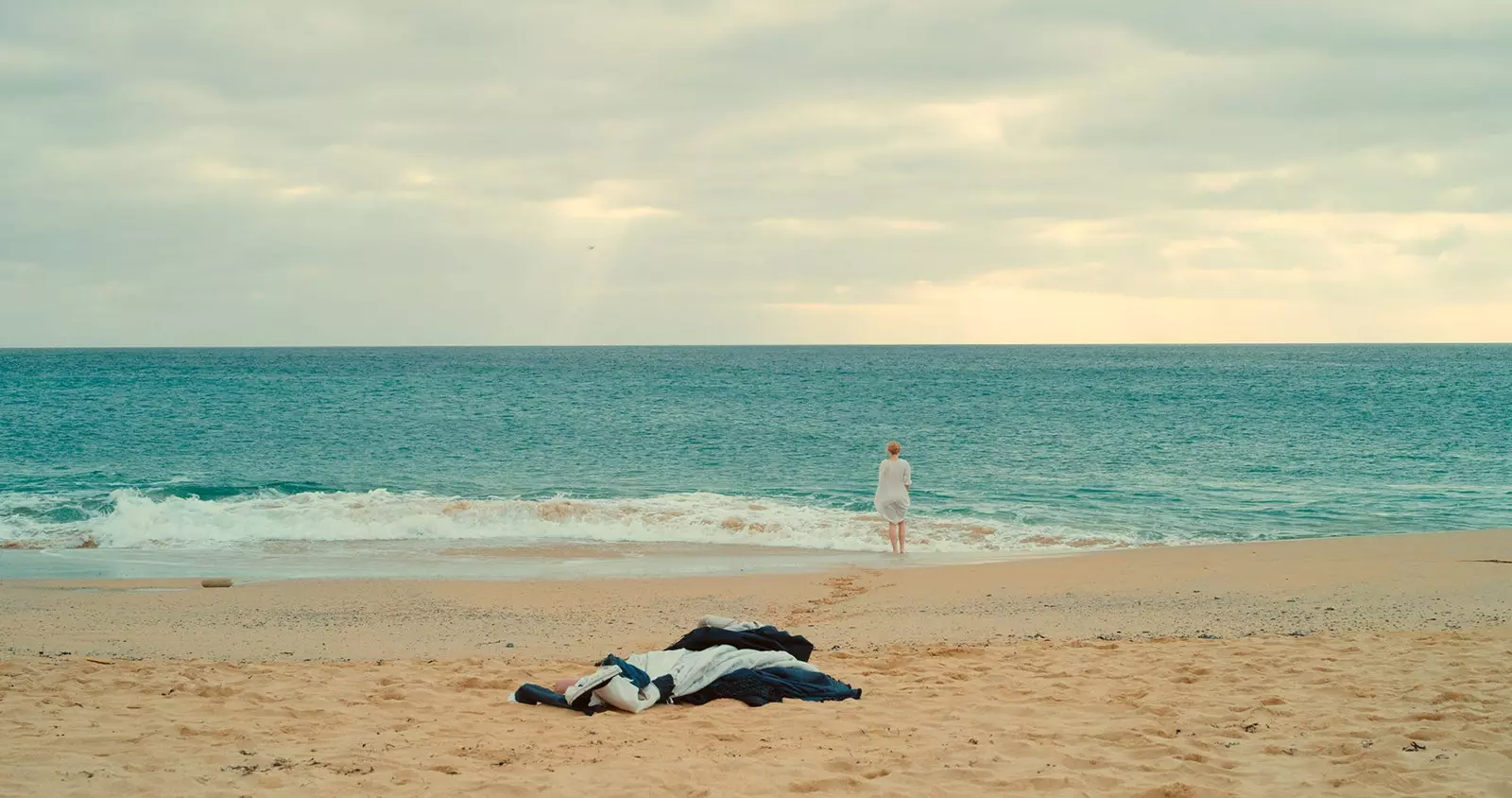
Wild and nostalgic coast.
